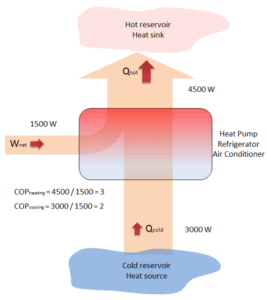I was looking to get an air conditioner now that we have well insulated two rooms in our house, and then I realised that it would be helpful to make it heat aswell - since then the boiler can be off in the rest of the house. However when researching air conditioners I think I concluded they are very inefficient at heating (e.g. 100% efficient rather than 350+% of a heat pump), so should instead look for one of those.
Im looking for a single outdoor unit with two indoor ones (probably 2.5kW+2.5kW or there abouts). Ive installed several air conditioning units in my time, but it seems like heat pumps are more complex - though is that just because of the higher warming potential of the gas and hence F-gas requirement?
Am I missing something here given many air conditioners are described as heat pumps? Is that different to an air-air heatpump?
Why is a twin head split air con unit ~£1000-1500, but a heat pump is more like £5k? Especially if that air con unit is doing *some* pumping.
Thanks!
Im looking for a single outdoor unit with two indoor ones (probably 2.5kW+2.5kW or there abouts). Ive installed several air conditioning units in my time, but it seems like heat pumps are more complex - though is that just because of the higher warming potential of the gas and hence F-gas requirement?
Am I missing something here given many air conditioners are described as heat pumps? Is that different to an air-air heatpump?
Why is a twin head split air con unit ~£1000-1500, but a heat pump is more like £5k? Especially if that air con unit is doing *some* pumping.
Thanks!



